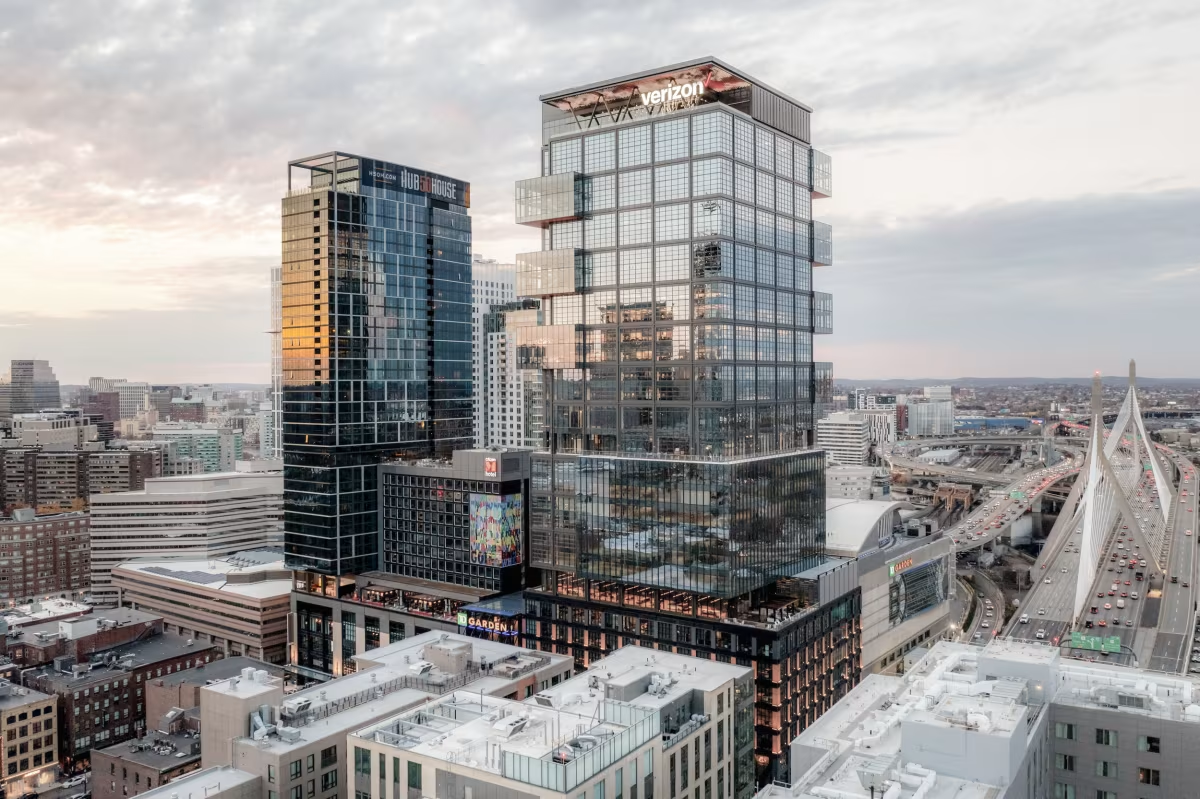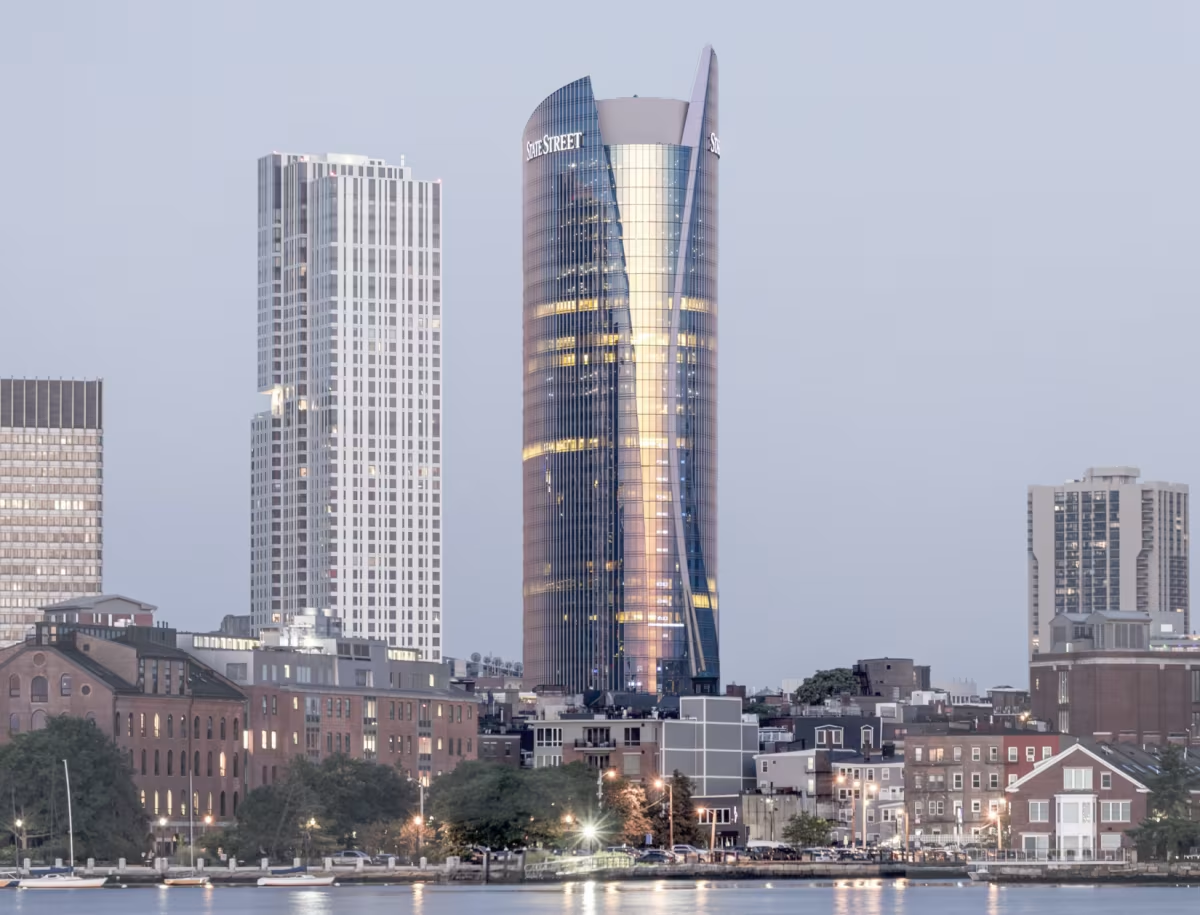The Hub on Causeway Residential Tower vs One Congress Building


Comparing the The Hub on Causeway Residential Tower and the One Congress Building is interesting because they both stand in Boston, MA, and were completed within 4 years of each other, but they were designed by different architects.
This offers a unique glimpse at how rival designers approached projects in the same city during the same era.
Height & Size
The One Congress Building is clearly the larger tower of the two, both in terms of height and number of floors. It rises to 646ft (197m) with 43 floors above ground, while the The Hub on Causeway Residential Tower reaches 495ft (151m) with 38 floors above ground.
Of course, each project may have faced different briefs or regulatory constraints, which we don't really know about and could also explain the outcome.
Architectural Style
Both the The Hub on Causeway Residential Tower and the One Congress Building were designed in line with the aesthetic conventions of the Contemporary style.
At the time, this style was at the height of its popularity. So both Solomon Cordwell Buenz and Pelli Clark & Partners followed what was in many ways expected of them, producing designs that fit comfortably within contemporary architectural norms, rather than breaking with convention.
Uses
The The Hub on Causeway Residential Tower is primarily residential, while the One Congress Building is primarily commercial.
The The Hub on Causeway Residential Tower offers 440 residential units.
Both towers provide significant parking capacity, with The Hub on Causeway Residential Tower offering 500 spaces and the One Congress Building offering 1160.
Structure & Facade
The two towers rely on different structural systems, reflecting distinct engineering strategies.
The The Hub on Causeway Residential Tower uses a Frame structural system, which relies on a regular grid of columns and beams to sustain its weight, while the One Congress Building uses a Framed Tube In Tube system, that combines a strong central core with a perimeter tube of columns.
Yet, when it comes to their facade, they both employed the same solution, a Curtain Wall facade.
A curtain wall is a non-load-bearing facade hung from the structural frame. It is anchored to floor slabs and transfers only its own weight and wind loads, allowing for sleek, glassy exteriors.
| The Hub on Causeway Residential Tower | One Congress Building | |
|---|---|---|
| Solomon Cordwell Buenz | Architect | Pelli Clark & Partners |
| 2016 | Construction Started | 2019 |
| 2019 | Year Completed | 2023 |
| Contemporary | Architectural Style | Contemporary |
| Residential | Current Use | Commercial |
| 38 | Floors Above Ground | 43 |
| 151 m | Height (m) | 197 m |
| Frame | Structure Type | Framed Tube In Tube |
| Concrete | Vertical Structure Material | Steel |
| Concrete, And Steel | Horizontal Structure Material | Poured Concrete Over Metal Decking |
| No | Facade Structural? | No |
| Glass, Steel | Main Facade Material | Glass, Steel |
| Boston Properties, And Delaware North | Developer | HYM Investment Group |
| Constantini | MEP Engineer | WSP Group |
| Le Messieur | Structural Engineer | McNamara · Salvia |
| MA | State | MA |
| Boston | City | Boston |
| 50 Causeway Street | Address | 1 Congres Street |